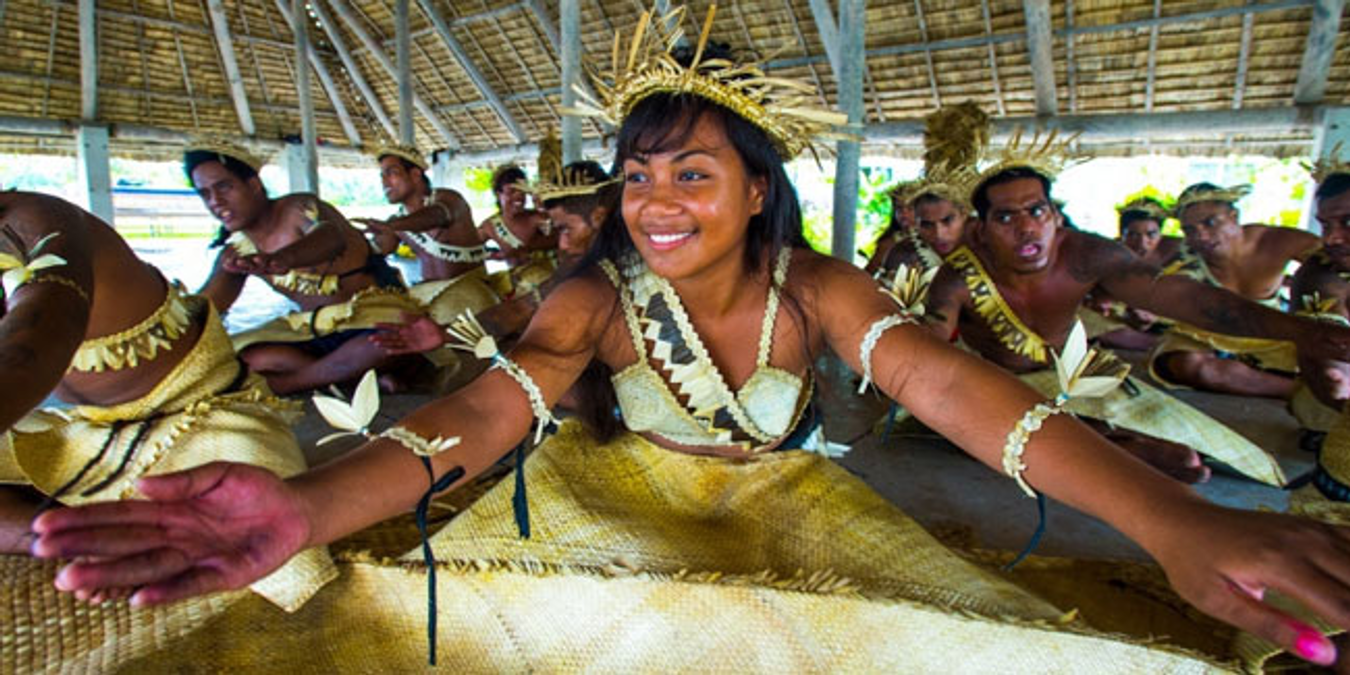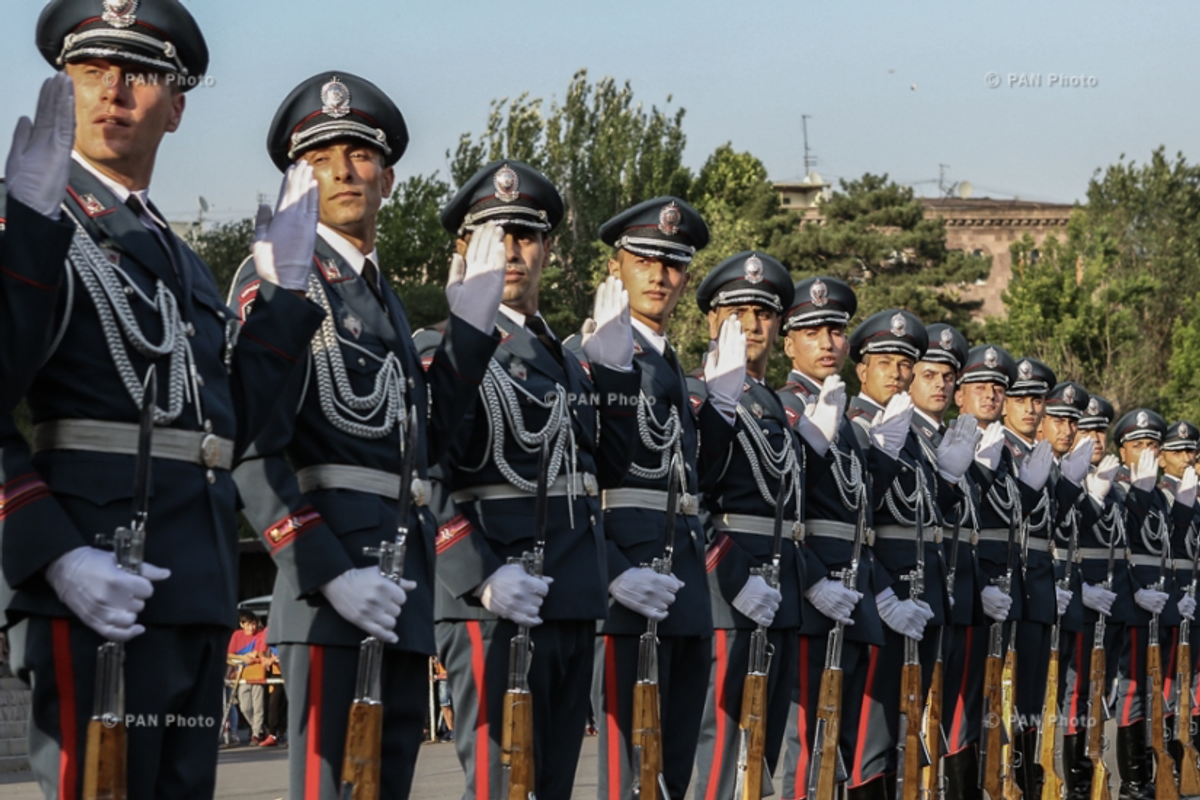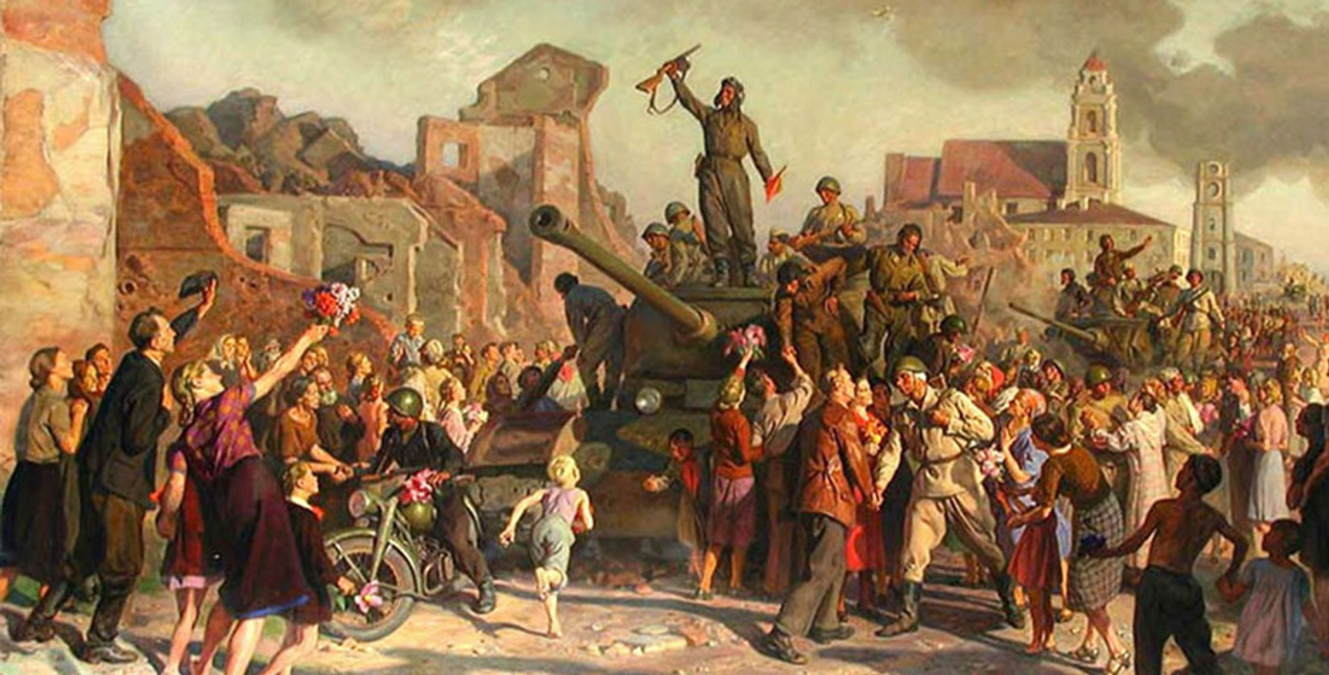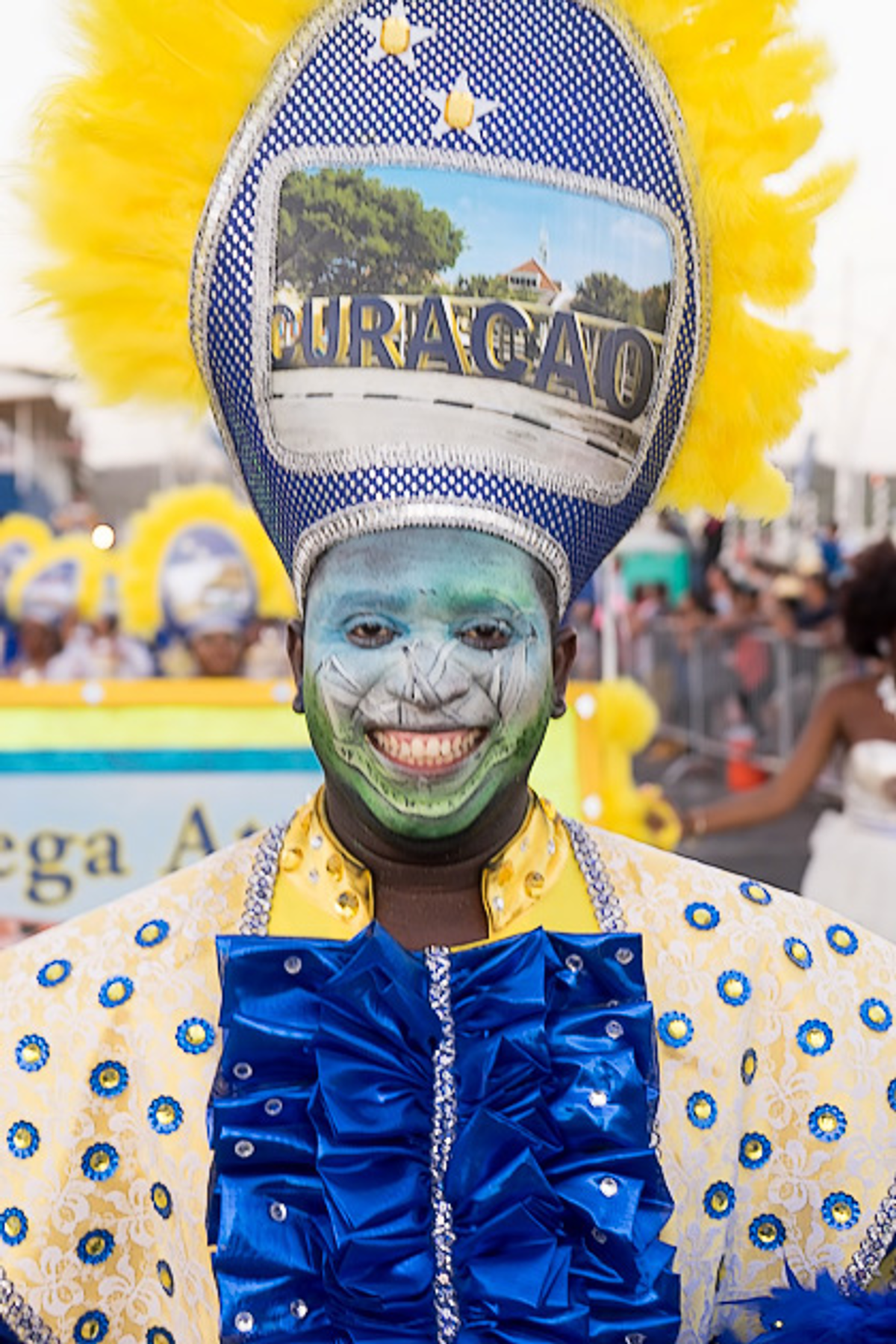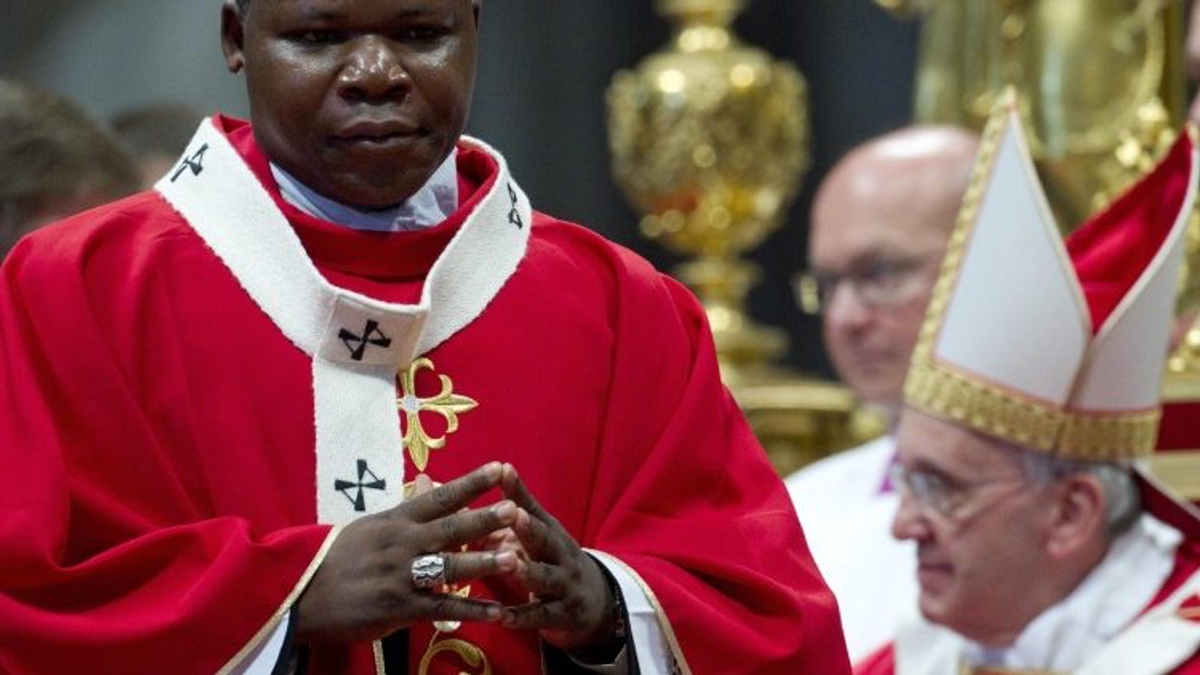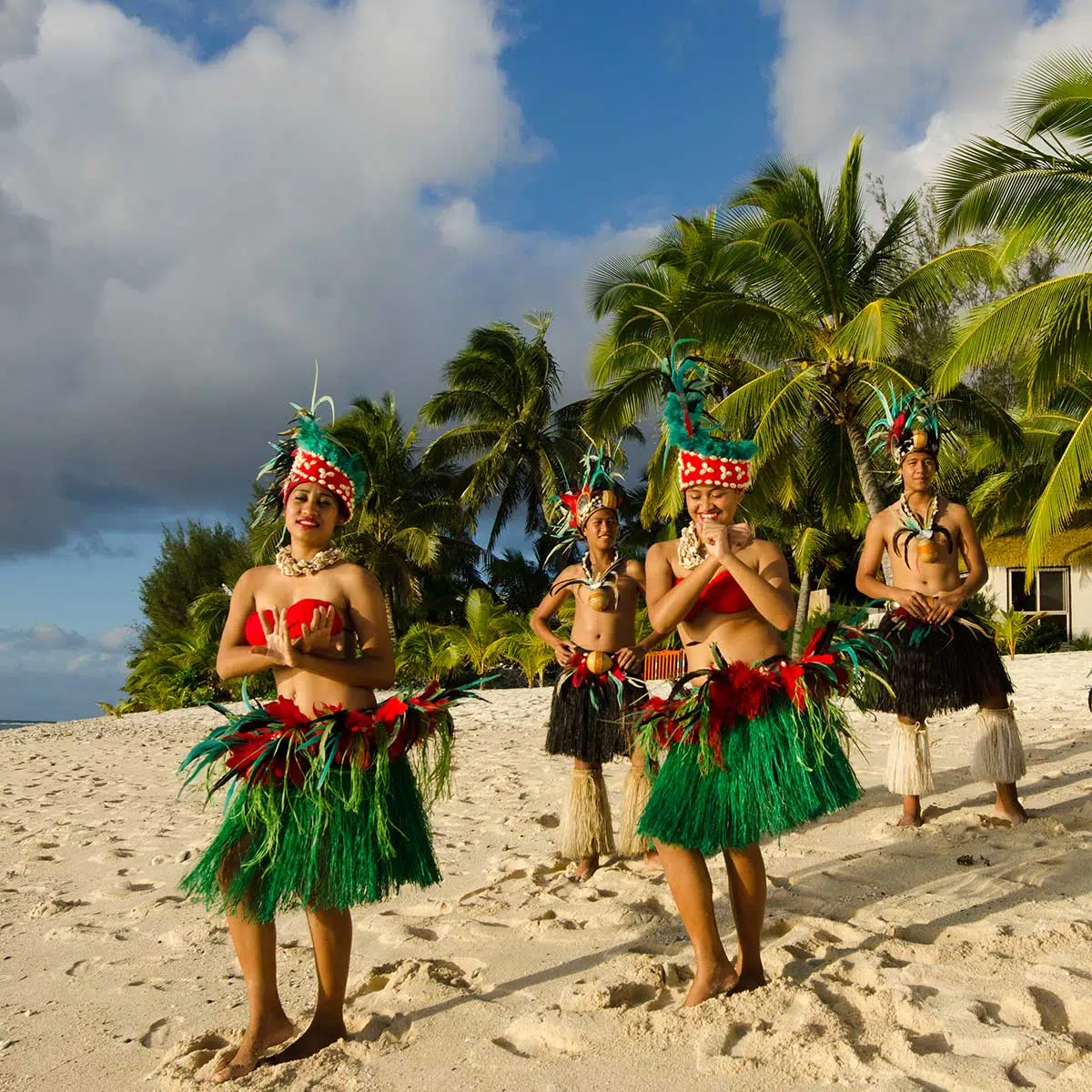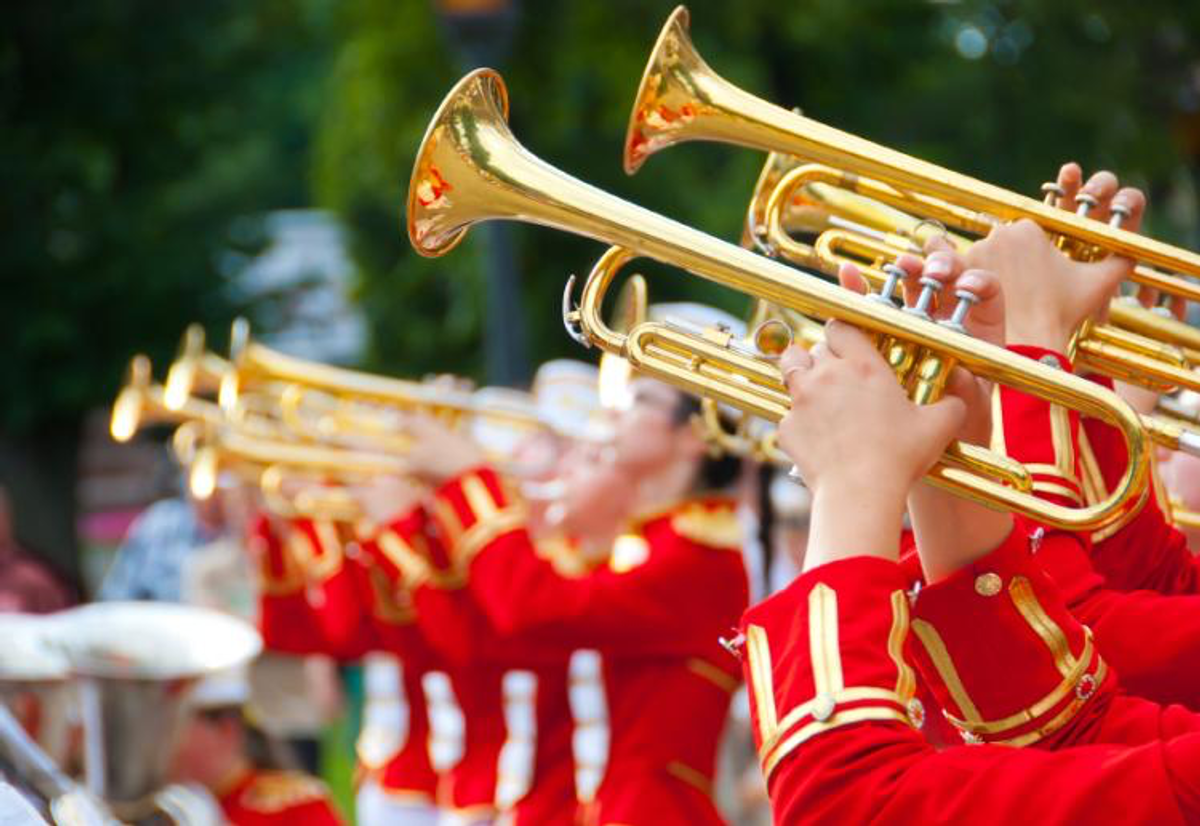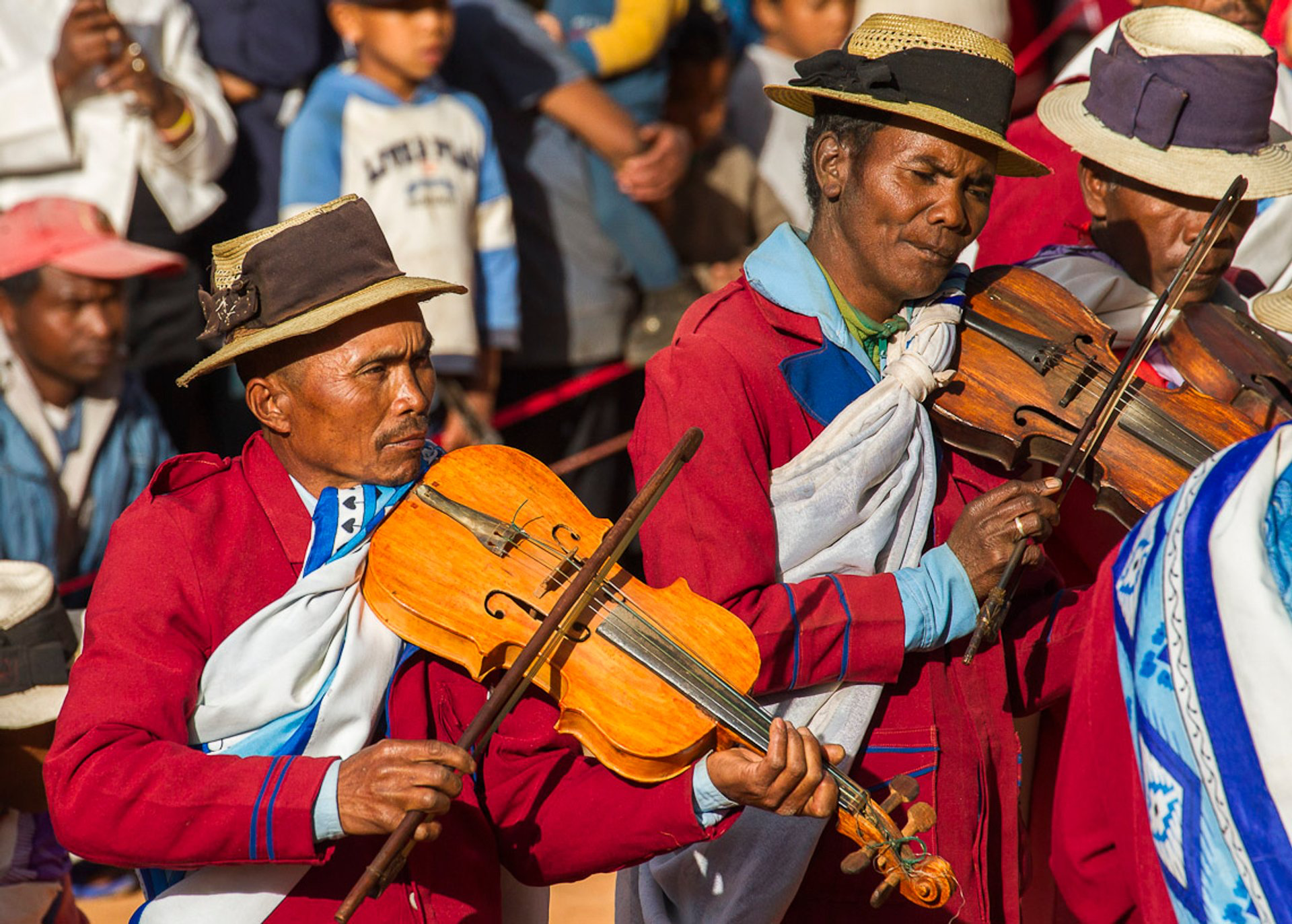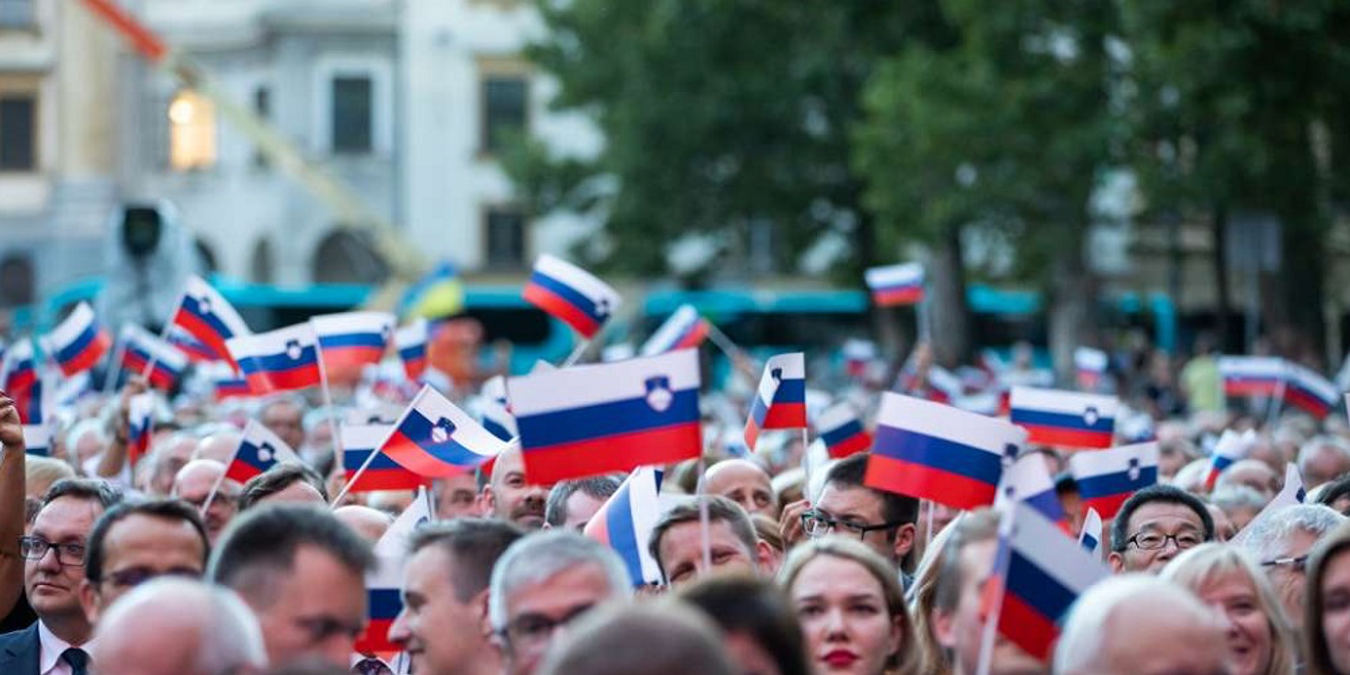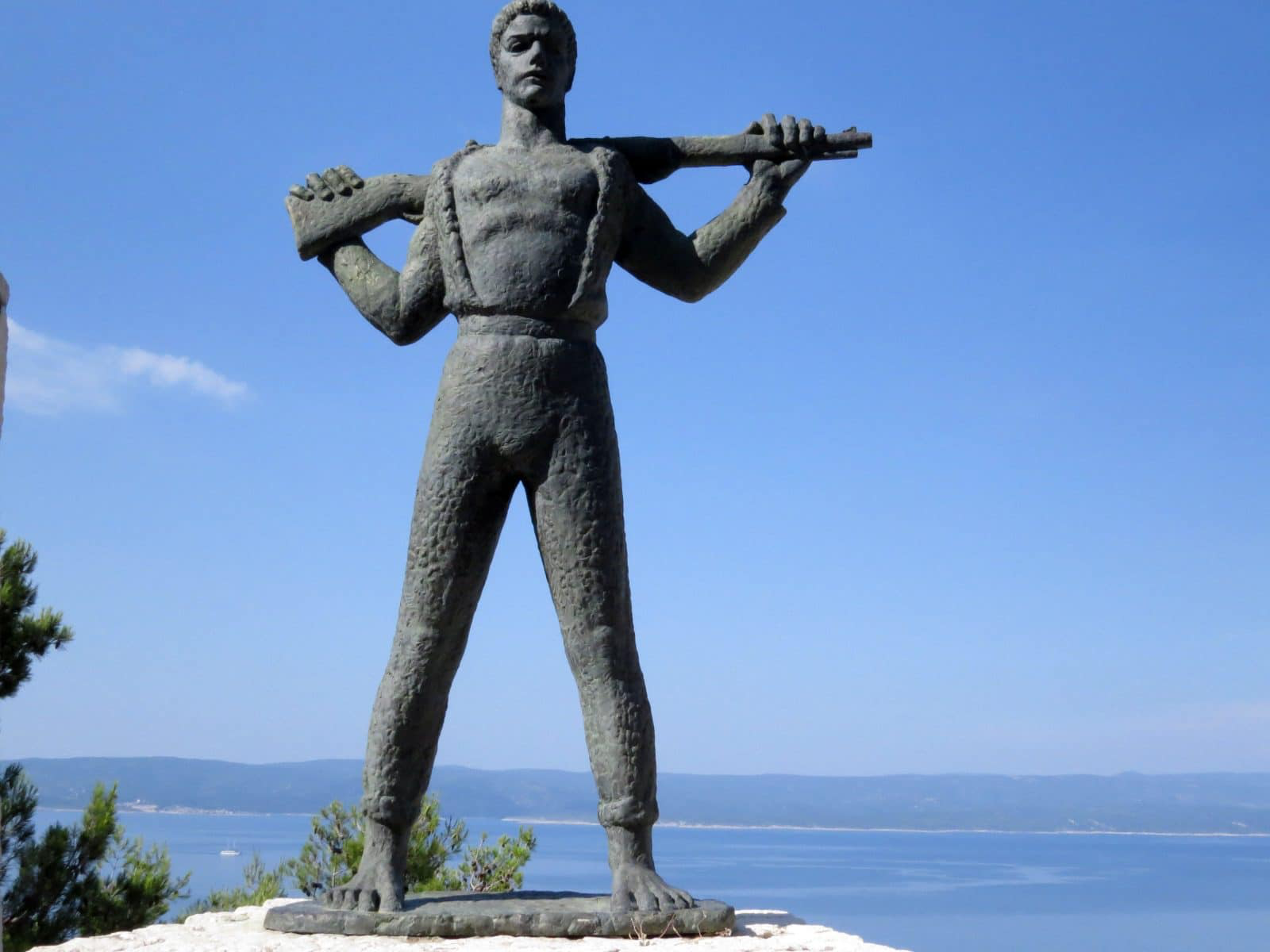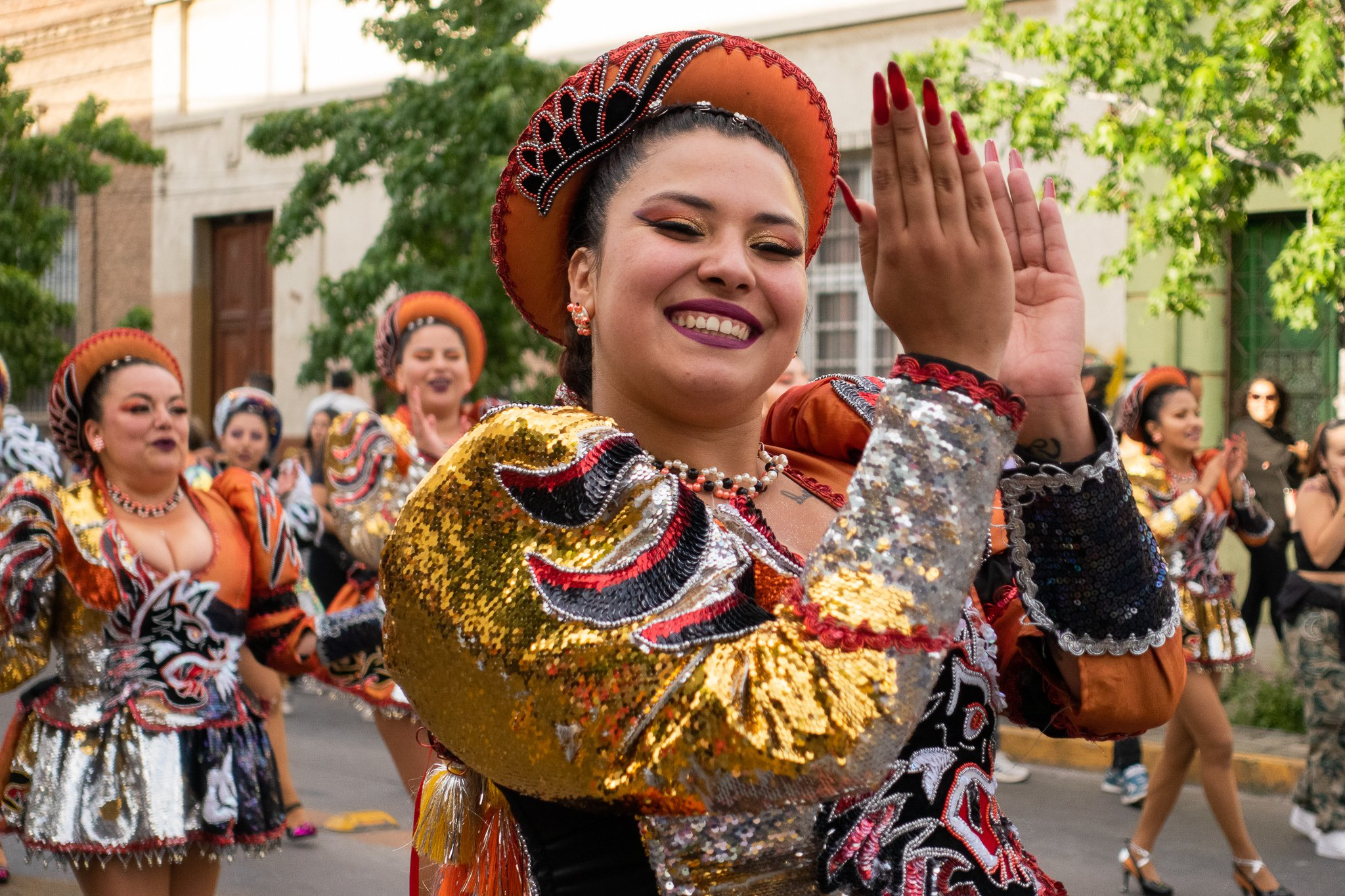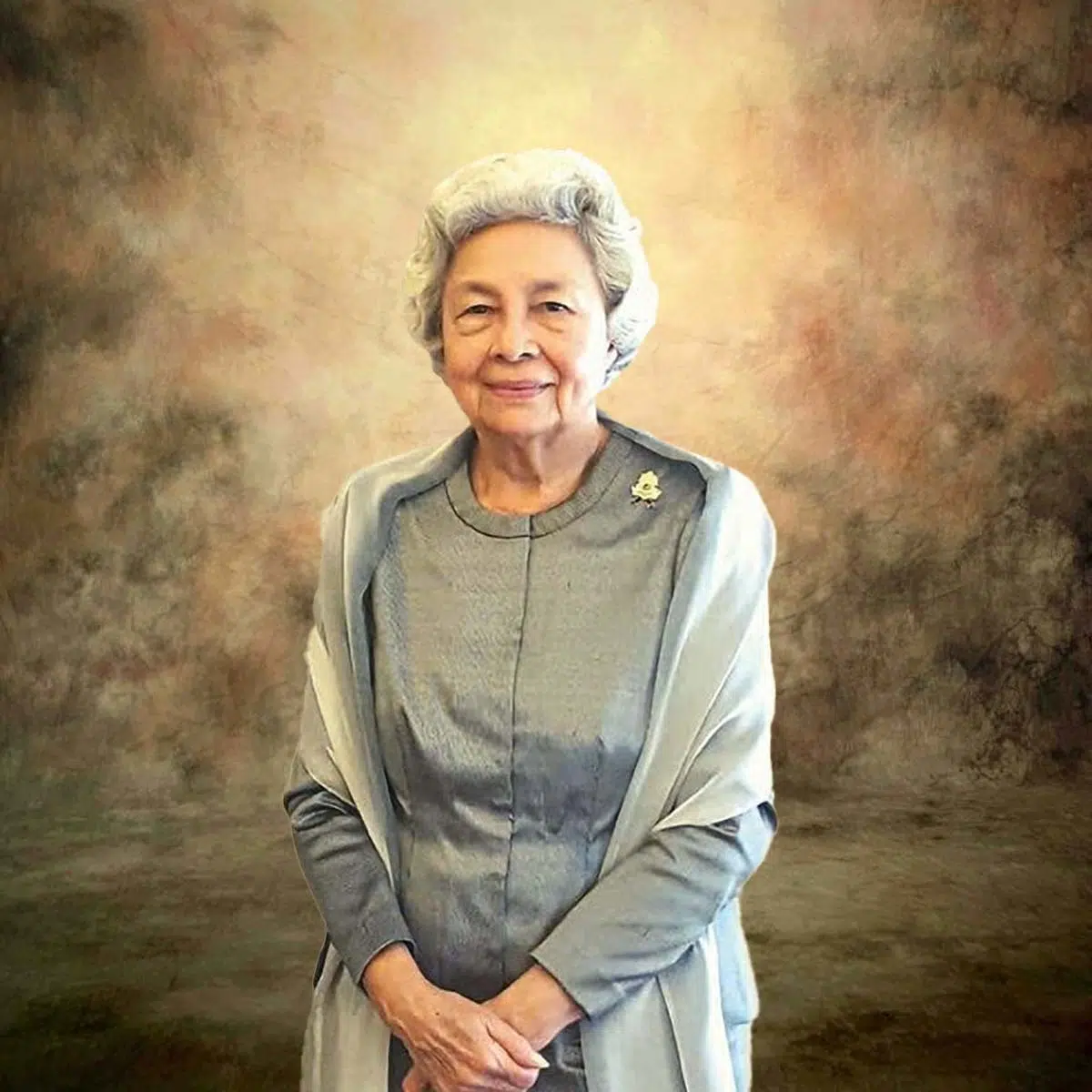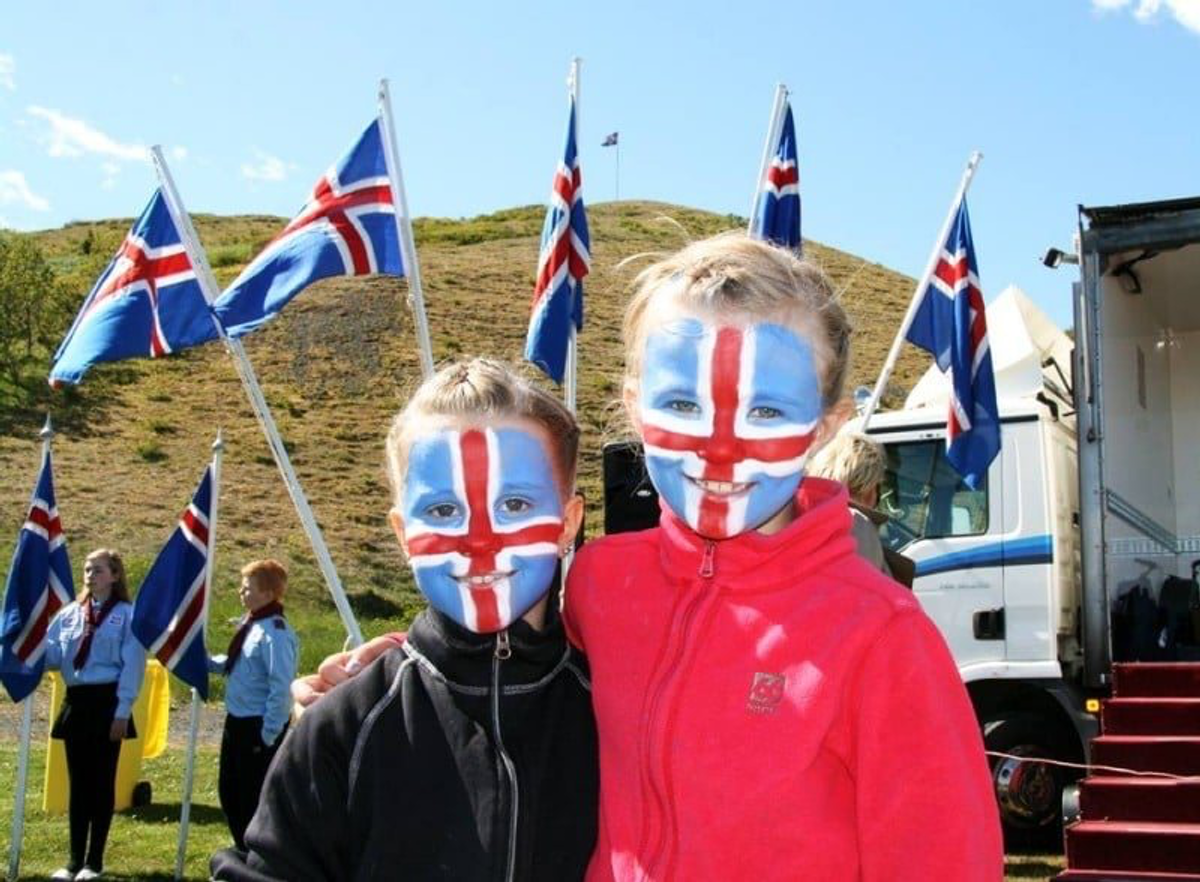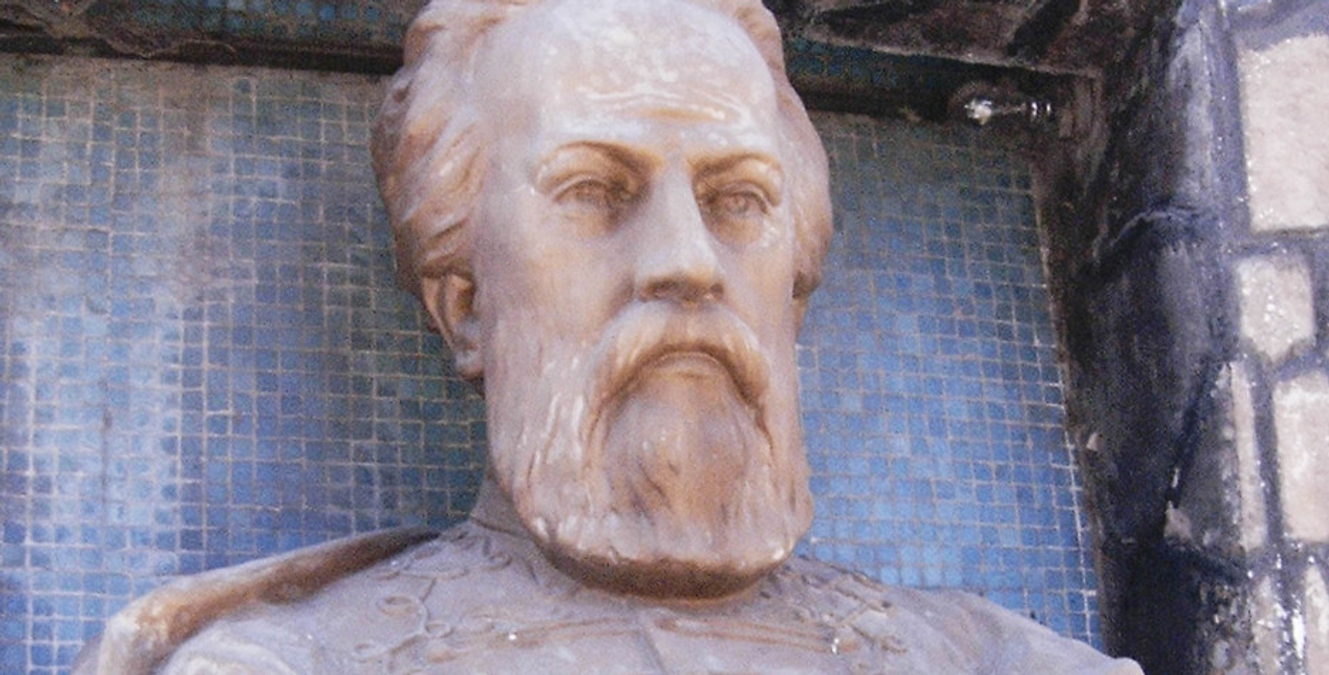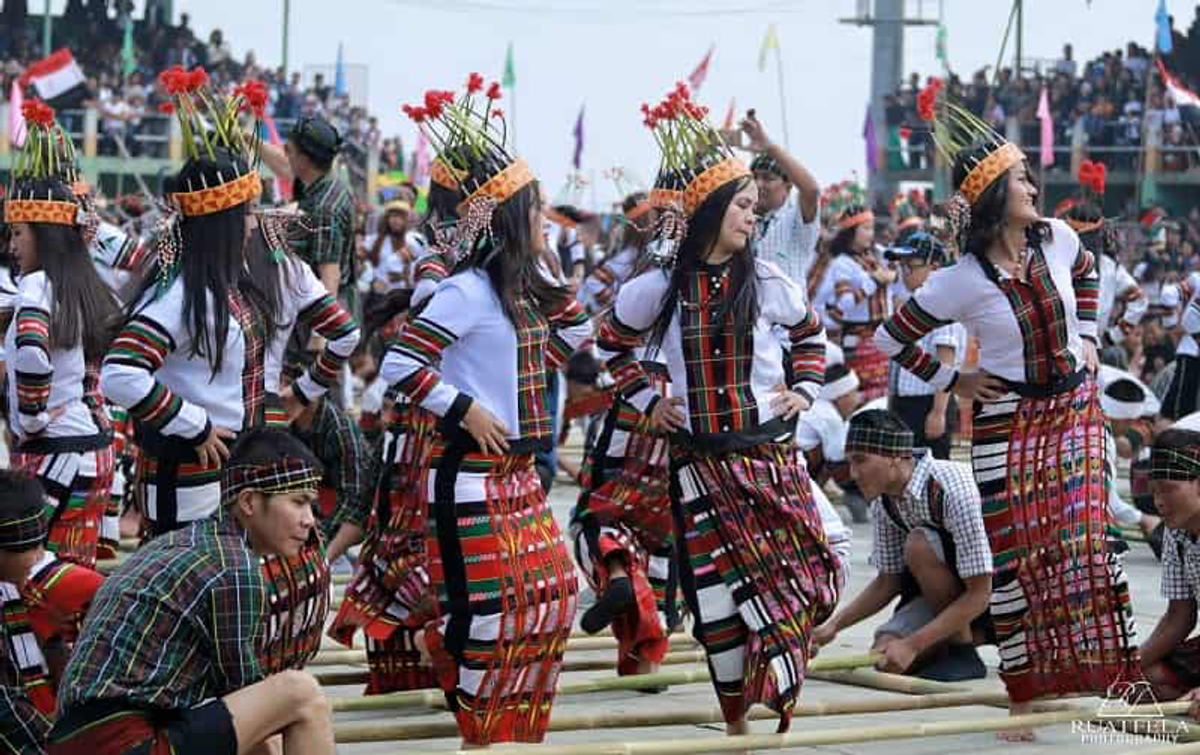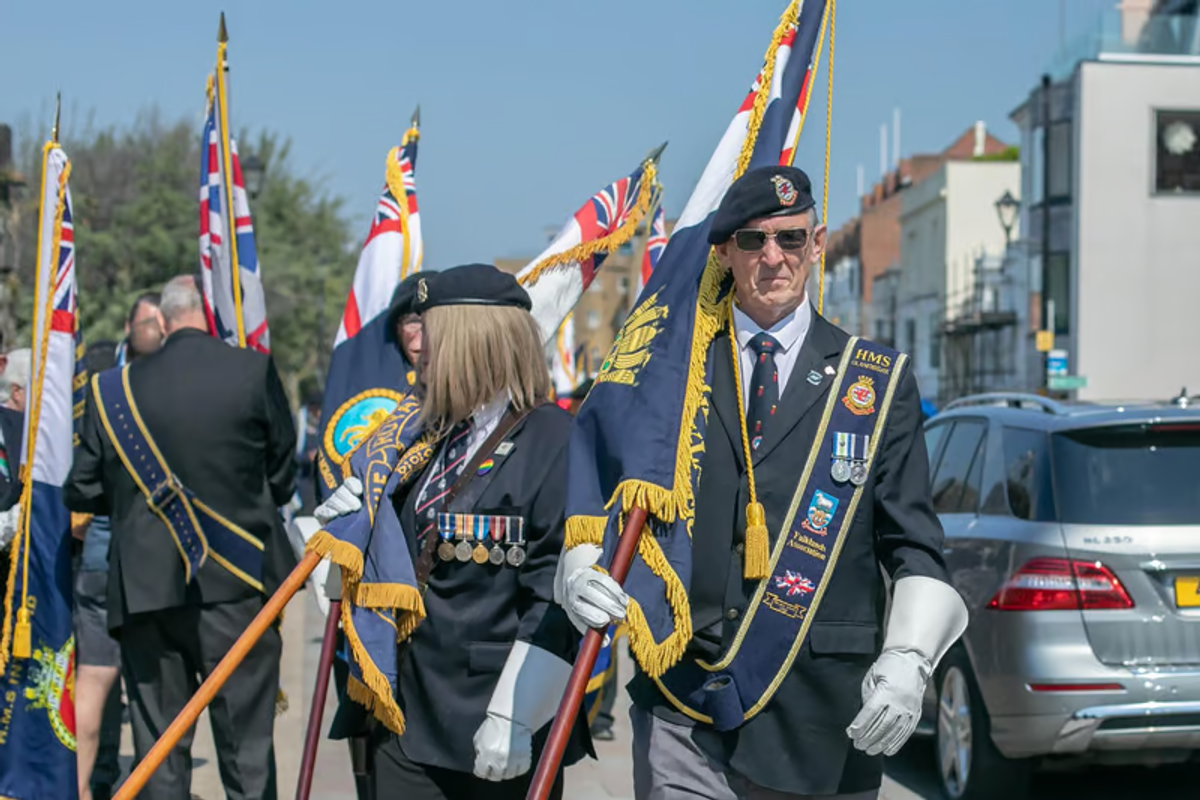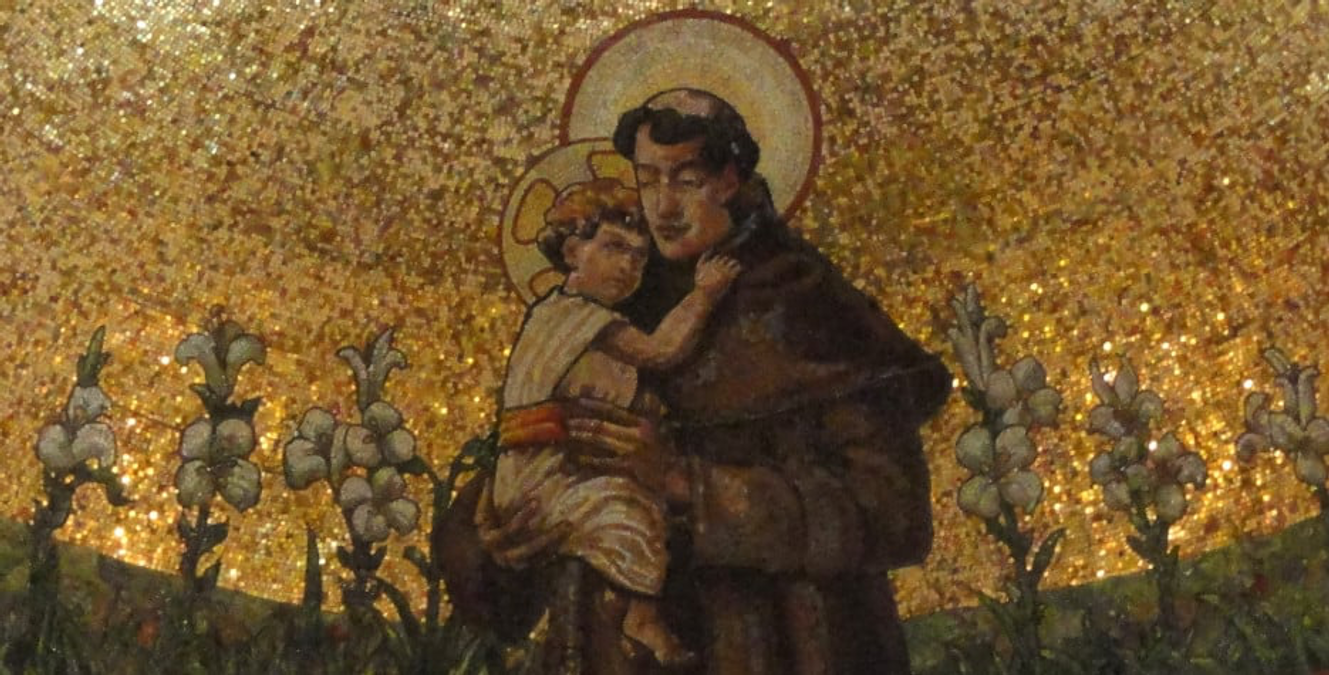Tuesday 8 July National Culture and Senior Citizens Day in Kiribati
The elders in Kiribati are an important part of society. Elder men are called Unimwane, and elder women are called Unaine.
Rather than the more familiar high chief structure, many of the islands were ruled by councils of Unimwane who met in Mwaneaba (meeting houses) to discuss and address all kinds of social, economic and political issues. The decisions made by the Unimwane are believed to be the best because they are made after careful deliberation by the oldest, wisest and most experienced members of the community.
Even though many decisions are now made by the courts and government of the country, the Unimwane association still plays an important role as a sounding board for many decisions.
Kiribati used to observe Unimwane on July 15th, followed a day later by Unaine Day.
Kiribati is the only country in the world to fall into all four hemispheres (northern, southern, eastern, and western).
